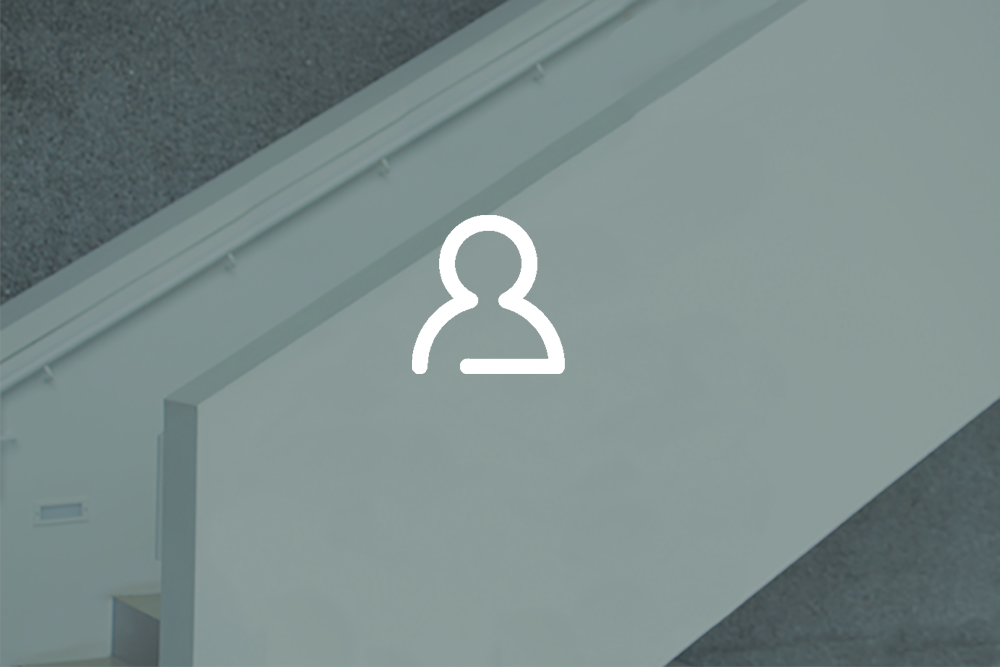
Prof. Dr. Peter Faber
- High Performance Computing (HPC)
- (Parallel) programming
- General-purpose graphics programming GPGPU
- Elearning
- Software engineering
Professor
- Study program coordination: Master Applied Computer Science
- Examination board (head): PK I/II/III of the Faculty of Computer Science
- Elearning mentor
consulting time
See http://officehours.peterfaber.net
labs
DGS206 (HPC I / computer graphics)
Vita
- 2009 – now: Professor (THD)
- 2005 – 2009: Software engineer (science+computing ag)
- 1999 – 2004: Researcher (Uni Passau)
- 1998 – 1999: Researcher (GMD – Forschungszentrum Informationstechnik GmbH)